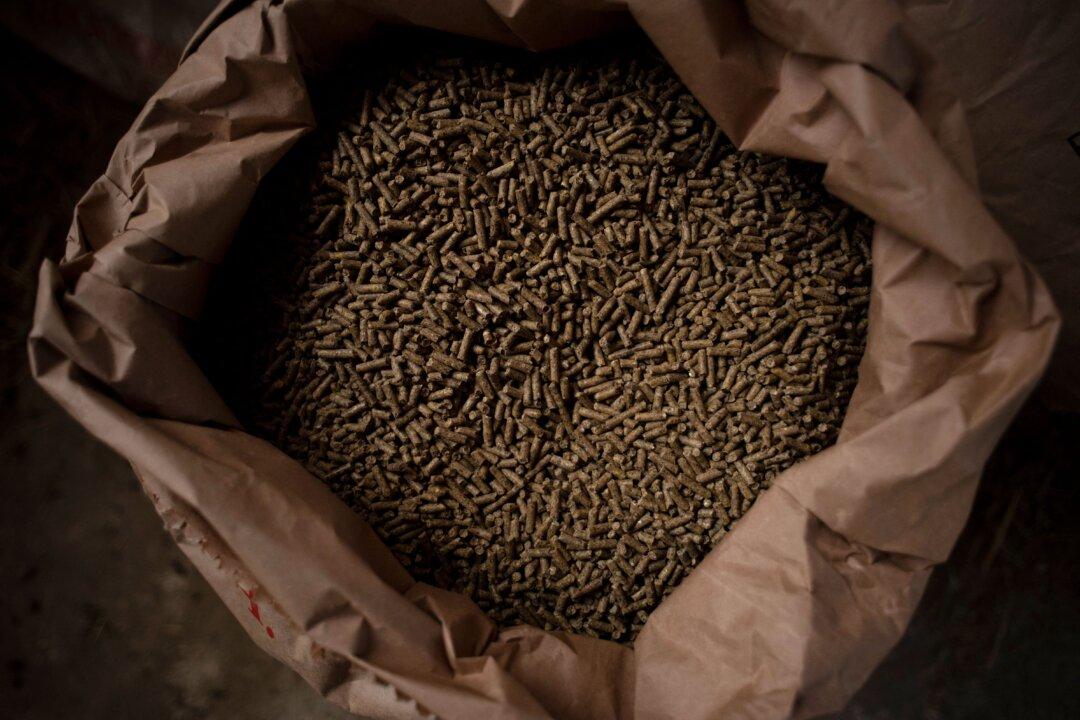By Tarso Veloso and Megan Durisin
From Bloomberg News
Wheat futures rose for the second consecutive day with worries about short-term supply and adverse weather for crops.

Wheat futures rose for the second consecutive day with worries about short-term supply and adverse weather for crops.